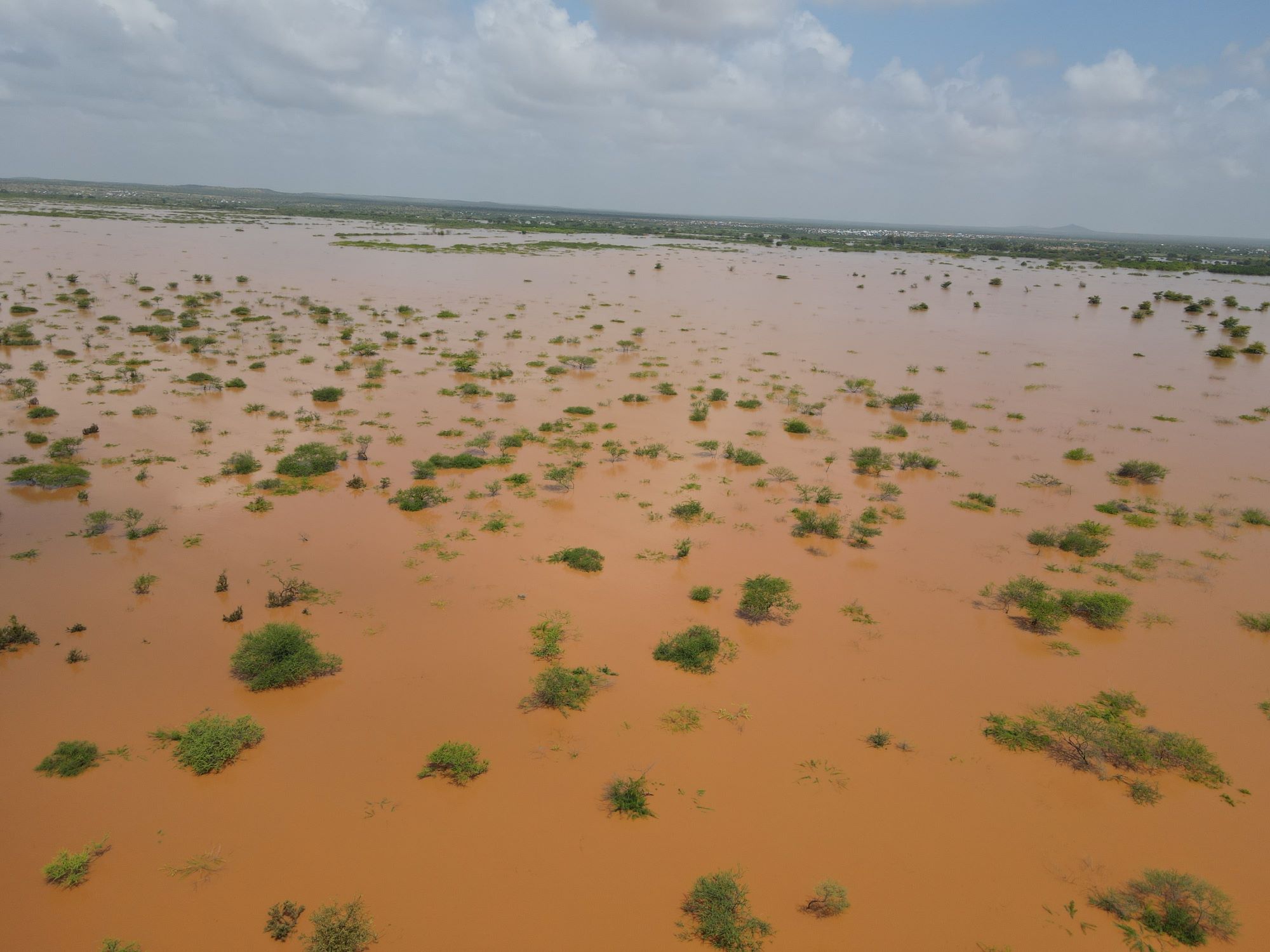Time has run out for over half a million children in Gaza
- More than half a million children are now just a step away from famine.
- Two out of every five children are also experiencing “an extreme lack of food, starvation, and exhaustion of coping capacities”.
“It is shocking that the humanitarian needs in Gaza have reached catastrophic levels over the past eight months, and children are the ones who will continue to be disproportionately affected. Extreme hunger and child deaths are preventable if appropriate urgent humanitarian support reaches them. The IPC’s latest report shows that time has already run out for more than half a million Gazan children and will soon run out for a half million more.” Eleanor Monbiot, World Vision Regional Leader, Middle East Eastern Europe.
Press Release, 27 June 2024 – International aid agency World Vision responds to the news from the Integrated Food Security Phase Classification’s (IPC) latest report with a warning that every day without a lasting end to the violence and unimpeded access, allowing for increased humanitarian assistance that thousands of Gazan children could die of starvation or related diseases. Those who do survive will likely endure long-term physical and mental health challenges.
The hunger crisis in Gaza has declined further, putting nearly half a million more children at risk of death. The IPC’s latest report shows that even though famine is not currently occurring, the most extreme levels of hunger are now found in all parts of Gaza, putting everyone everywhere at “high risk of famine”. More than half a million children are just a step away from famine, experiencing ‘emergency’ or ‘catastrophic’ conditions. Two out of every five of these children are also experiencing “an extreme lack of food, starvation, and exhaustion of coping capacities”.
Official figures suggest that at least 34 people have already died from severe malnutrition, but this number is likely to be significantly higher. World Vision calls on the international community to take immediate action to avert an unprecedented humanitarian disaster.
“There is a high and sustained risk of famine across the whole Gaza Strip” since the situation began deteriorating in May. The report proves that reliable humanitarian access and the deployment of nutrition interventions are able to avert famine, which should encourage world leaders to take further necessary action to save children as the earlier “improvements could be rapidly reversed” if they do not.
Fola Komolafe MBE LD, CEO of World Vision UK, says “We must act urgently. Children in the Gaza Strip are enduring severe consequences from this conflict, and the crisis is rapidly threatening the West Bank. Immediate and decisive actions are necessary – a significant increase in humanitarian aid and a lasting ceasefire are essential”.
“The lives of over 1 million children in Gaza are non-negotiable. Their lives are priceless, and their rights, as outlined in the Convention on the Rights of the Child, demand protection. Let us unite to ensure that every child's right to nourishment, dignity, and peace is fiercely safeguarded."
World Vision urgently calls on the international community to take immediate action to end this devastating crisis. A crucial step will be to secure access and ensure the safety of humanitarian workers, ensuring that humanitarian aid reaches children and their families in desperate need.
ENDS
For more information, please contact:
Carey Ellis, Media Manager
M: 07786 333 784 | E: carey.ellis@worldvision.org.uk
Karla Harvey, Media Manager
M: 07786 333 784 | E: karla.harvey@worldvision.org.uk
Notes to Editor
- More than half a million children are a step away from famine. This calculation is based on the number of people currently experiencing acute food insecurity conditions (IPC 4+) (1.24 million) multiplied by the proportion of children in Gaza (49%), equalling 607,600.
- Two out of every five of the children facing famine are also experiencing “an extreme lack of food, starvation, and exhaustion of coping capacities”. This calculation is based on the proportion of children (49%) within the group of people already experiencing IPC 5 ‘catastrophic’ levels of acute food insecurity (495,000). The number of children facing IPC 5 conditions (242,550) was divided by the total number of children who are considered to be a step away from famine (607,600), equalling (39.9% - i.e. two out of five).
- Nearly half a million more children are at risk of death. This calculation is based on the difference between the number of children in northern Gaza (147,000) previously at risk of famine and the number of children at risk of famine today (607,600), equalling 460,600.
- The IPC is an apolitical global mechanism allowing governments, United Nations (UN) agencies, non-governmental organisations, civil society, and other relevant actors to work together to determine the severity and magnitude of acute and chronic food insecurity, and acute malnutrition situations in a country, according to internationally-recognised scientific standards.
World Vision does not operate in Gaza, but the organisation does deliver critical humanitarian assistance to vulnerable children and their families across the region, including lifesaving in-kind food and cash and voucher assistance; access to clean water, sanitation, and hygiene needs; psychosocial support to affected children and their families; and reducing/mitigating predictable humanitarian impacts from negatively affecting at-risk populations through anticipatory action and resilience building.
World Vision is a Christian humanitarian and development organisation dedicated to working with children, families and their communities to reach their full potential by tackling the root causes of poverty and injustice. World Vision and their partners are working in communities to improve families’ economic prospects, strength violence prevention and child protection services, and improve education systems.
Through World Vision’s Global Hunger Response and ENOUGH campaign, the organisation is responding to the immediate needs of the most vulnerable girls, boys, and their families who are experiencing acute hunger in 28 countries of highest alert where World Vision operates, highlighting the driving factors and impacts of hunger, malnutrition, and food insecurity on children globally, and advocating to governments and donors to do more to prevent mass starvation.
World Vision serves all people, regardless of religion, race, ethnicity or gender.




